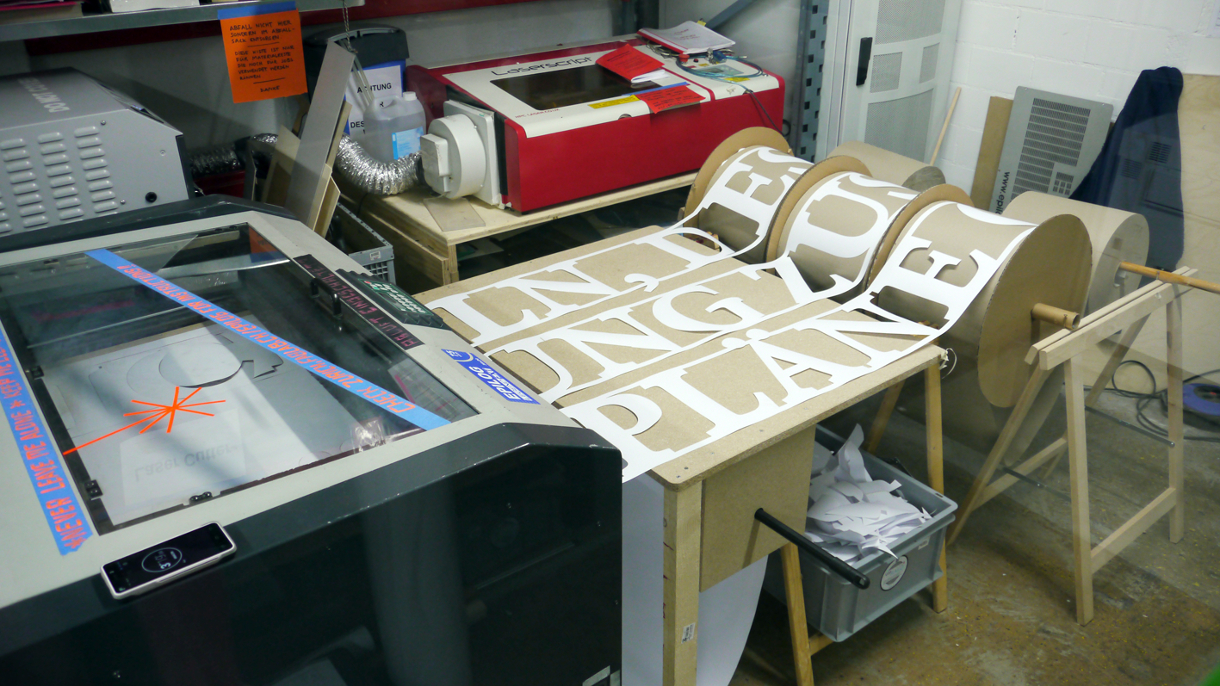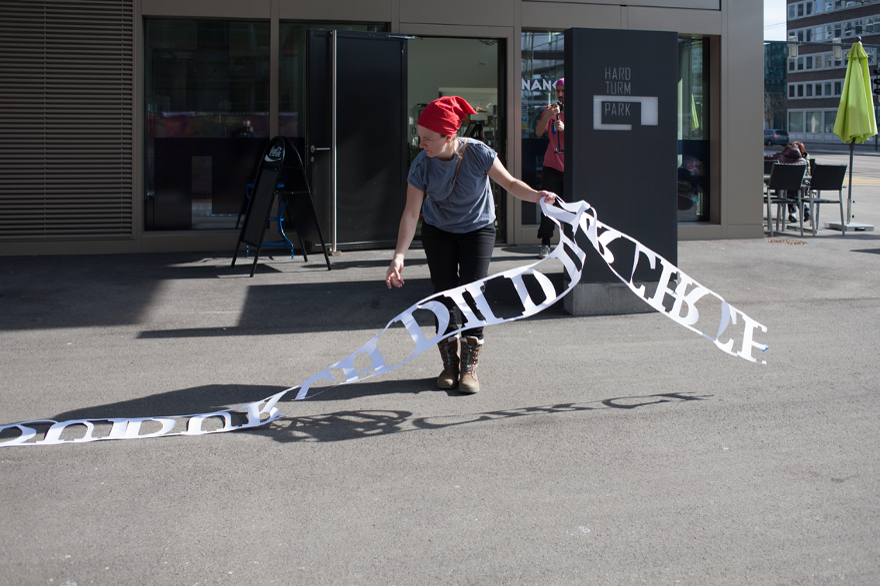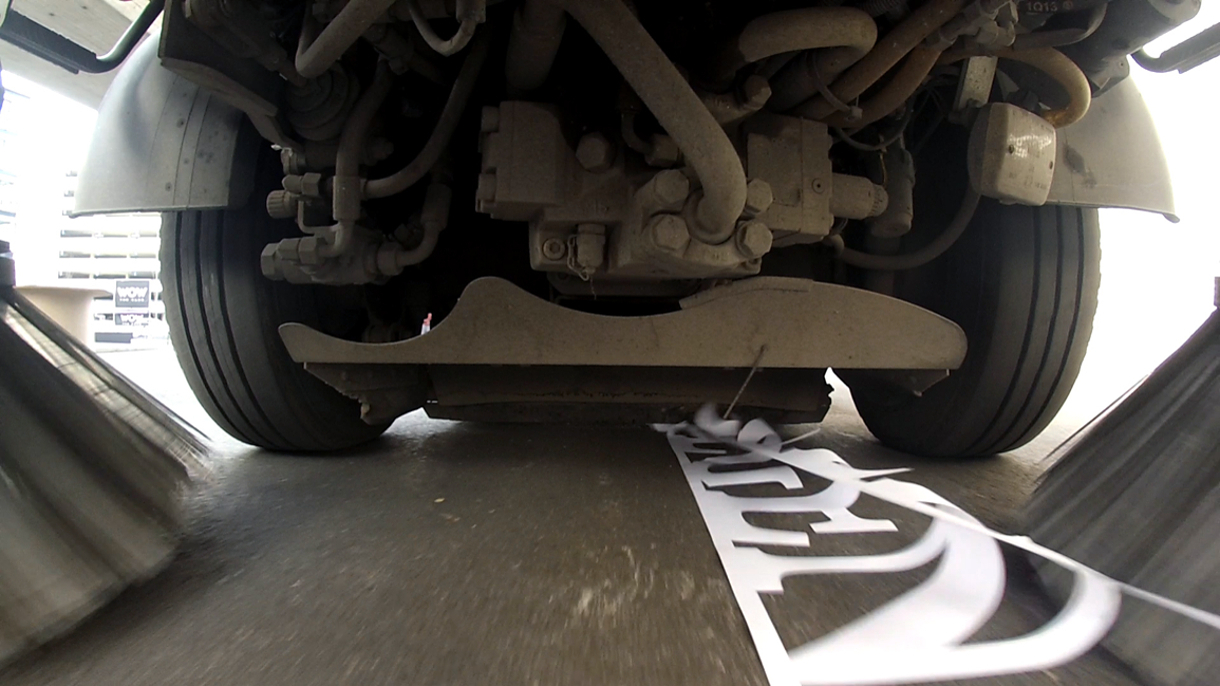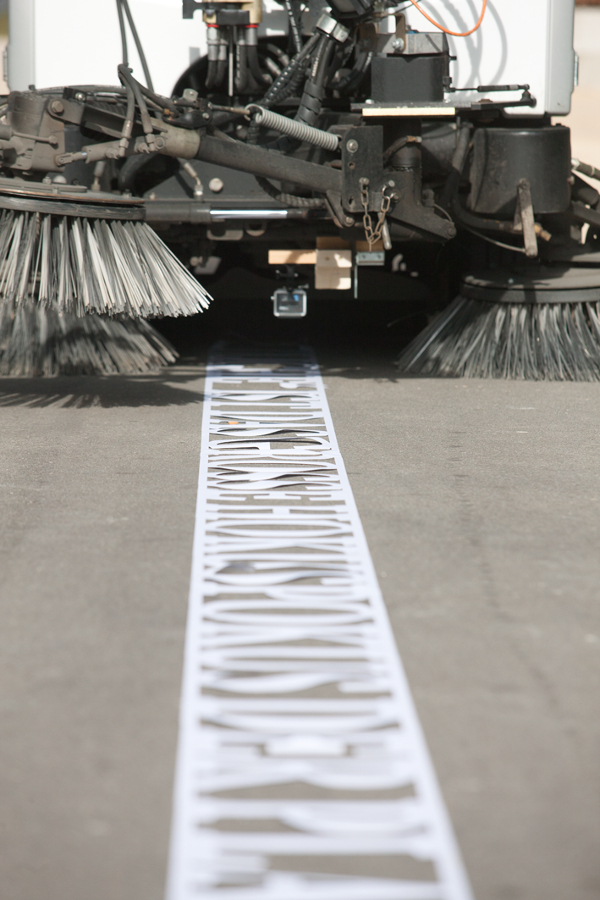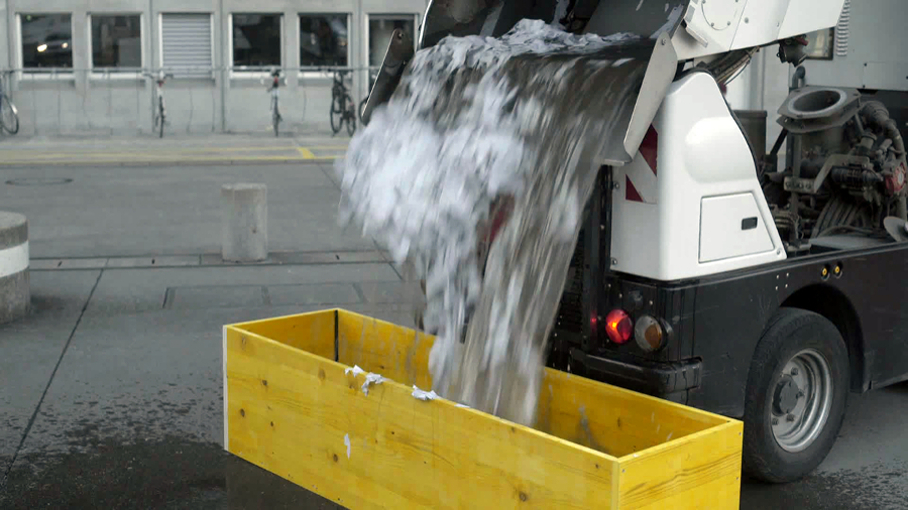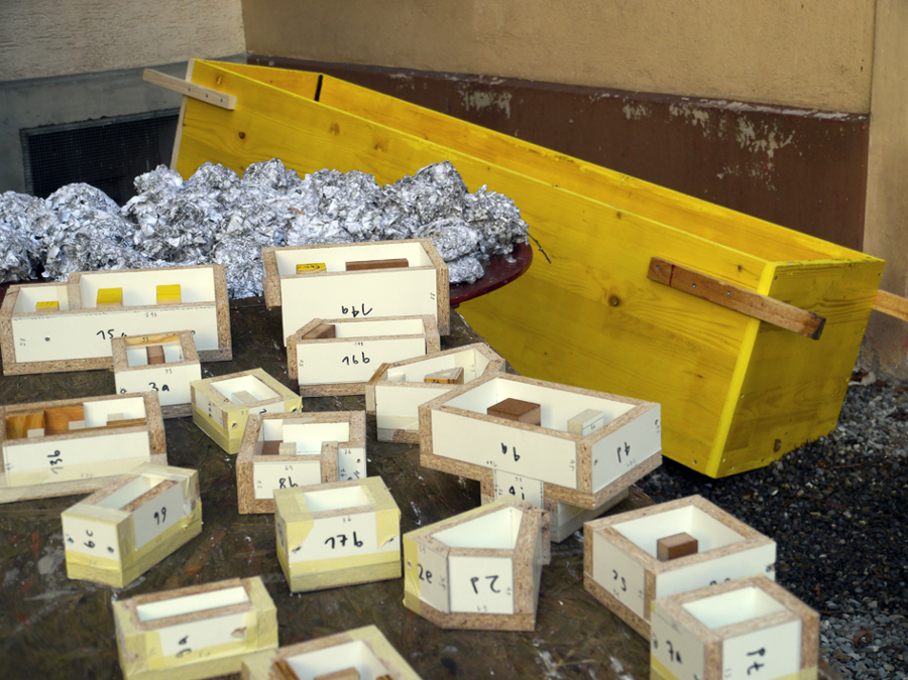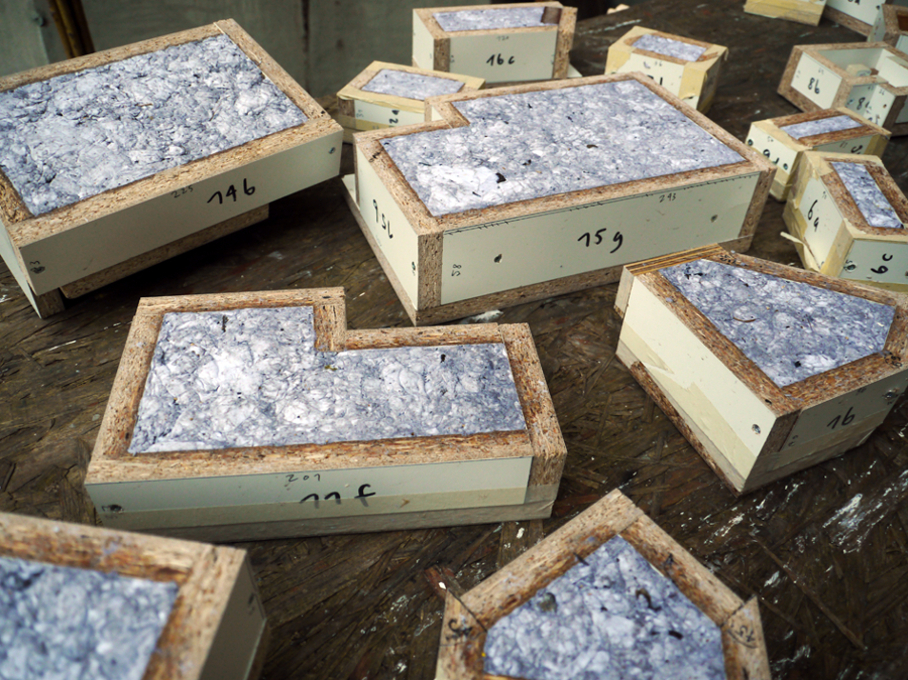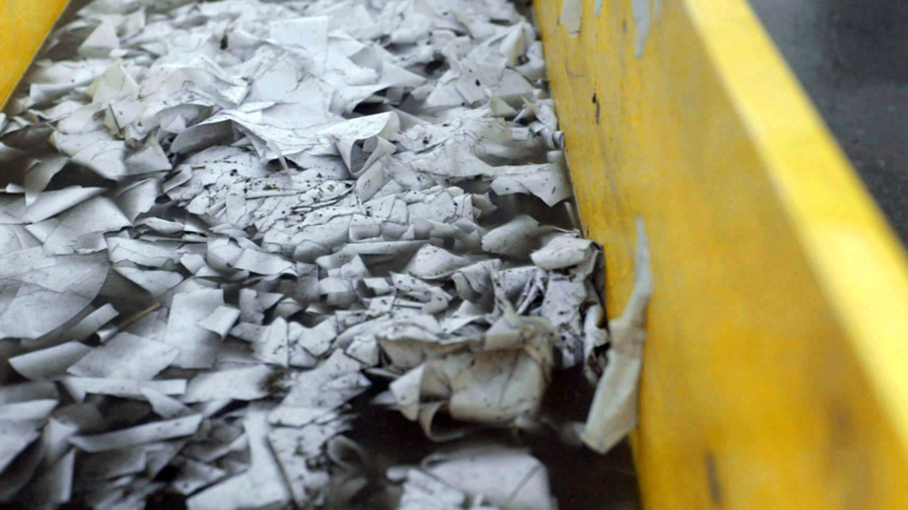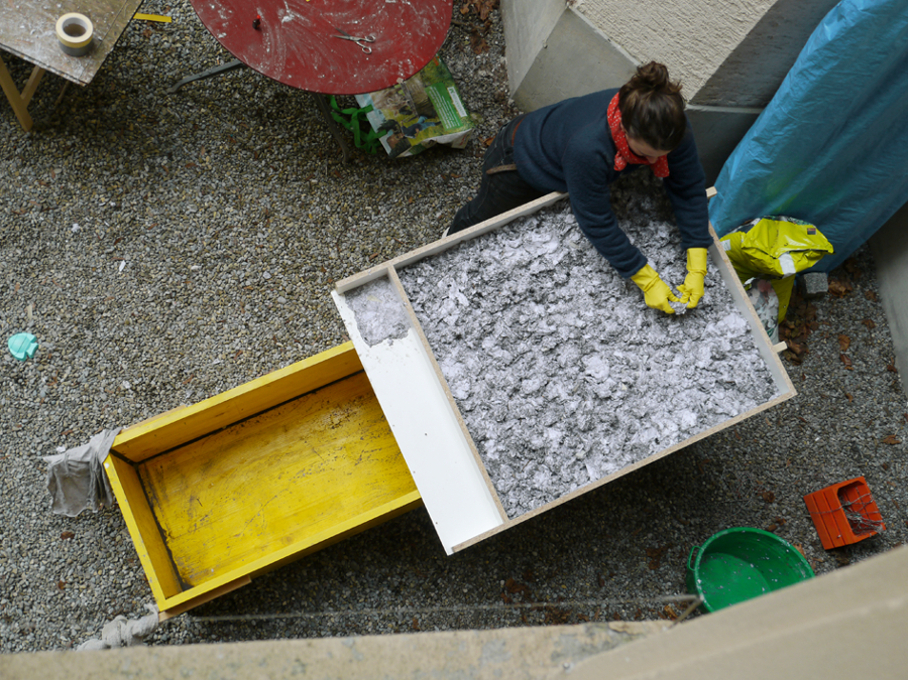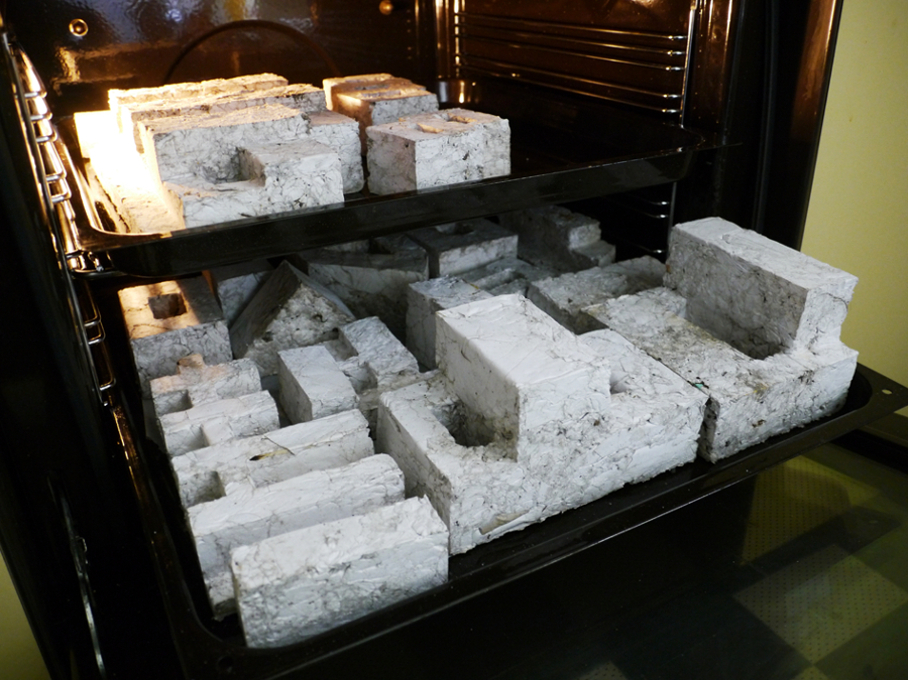Verdichtung
Mit Tom Stäubli
2015
Eine Hommage an Lucius Burckhardt
Im Rahmen von „Invent the future with elements of the past“
Ein Projekt der STEO Stiftung, in Zusammenarbeit mit Hans Ulrich Obrist
Ein mit Kameras ausgerüstetes Reinigungsfahrzeug der Stadt Zürich macht als «promenadologischer Sensor» eine visuelle Aufzeichnung in Zürich West. Papierbahnen mit Ausschnitten aus Lucius Burckhardts Text «Zwischen Flickwerk und Gesamtkonzeption» werden dafür auf Gehsteige vor Gebäuden ausgelegt, die im Rahmen des Entwicklungsplans Zürich West entstanden sind. Das Reinigungsfahrzeug saugt die Texte auf und verdaut sie. Eine Kamera filmt dabei die befahrene Bodenfläche mit dem Text, die zweite Kamera richtet den Blick auf die Gebäudefassaden, an denen das Fahrzeug entlang fährt. Die beiden Videos werden als 2-Kanal-Projektion gezeigt. Aus dem entstandenen Pappmaché (Kehrgut) werden modellhaft die geplanten Volumen des nächsten grossen städtebaulichen Projekts geformt: «Masterplan Hochschulgebiet Zürich». Das Modell wird zusammen mit den Videos präsentiert.
Im Katalog werden die verwendeten Textausschnitte als lesbare Collagen präsentiert; die Textbänder auf den Gehsteigen wurden dafür Stück für Stück abfotografiert und wieder zusammengefügt. Diese Textcollagen werden ergänzt durch Fotos, welche die Aktion dokumentieren. Das folgende Bild- und Textmaterial entspricht dem Katalogbeitrag, in leicht veränderter Anordnung.
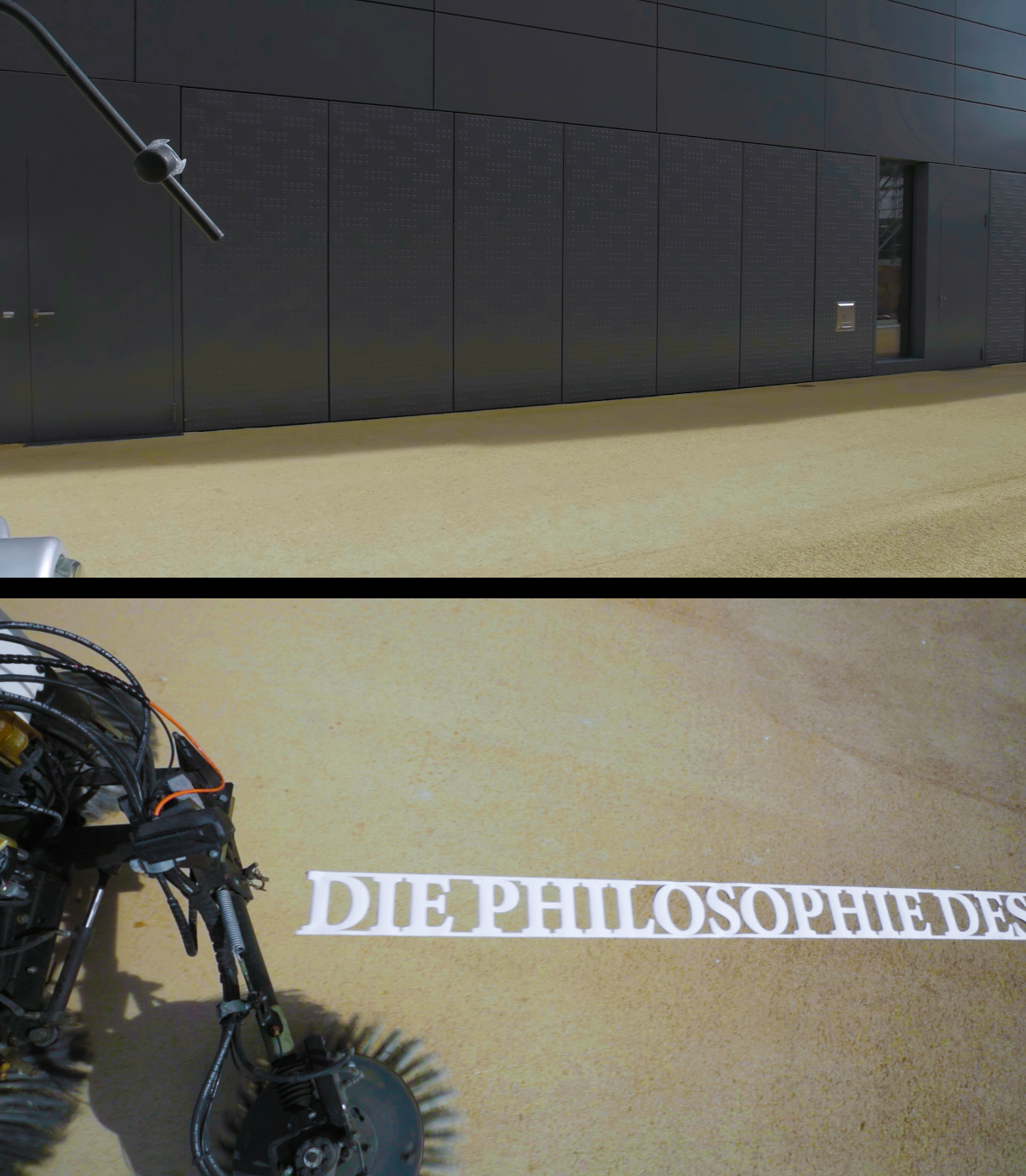
2-Kanal-Videoprojektion, Farbe, Ton, 18‘16“
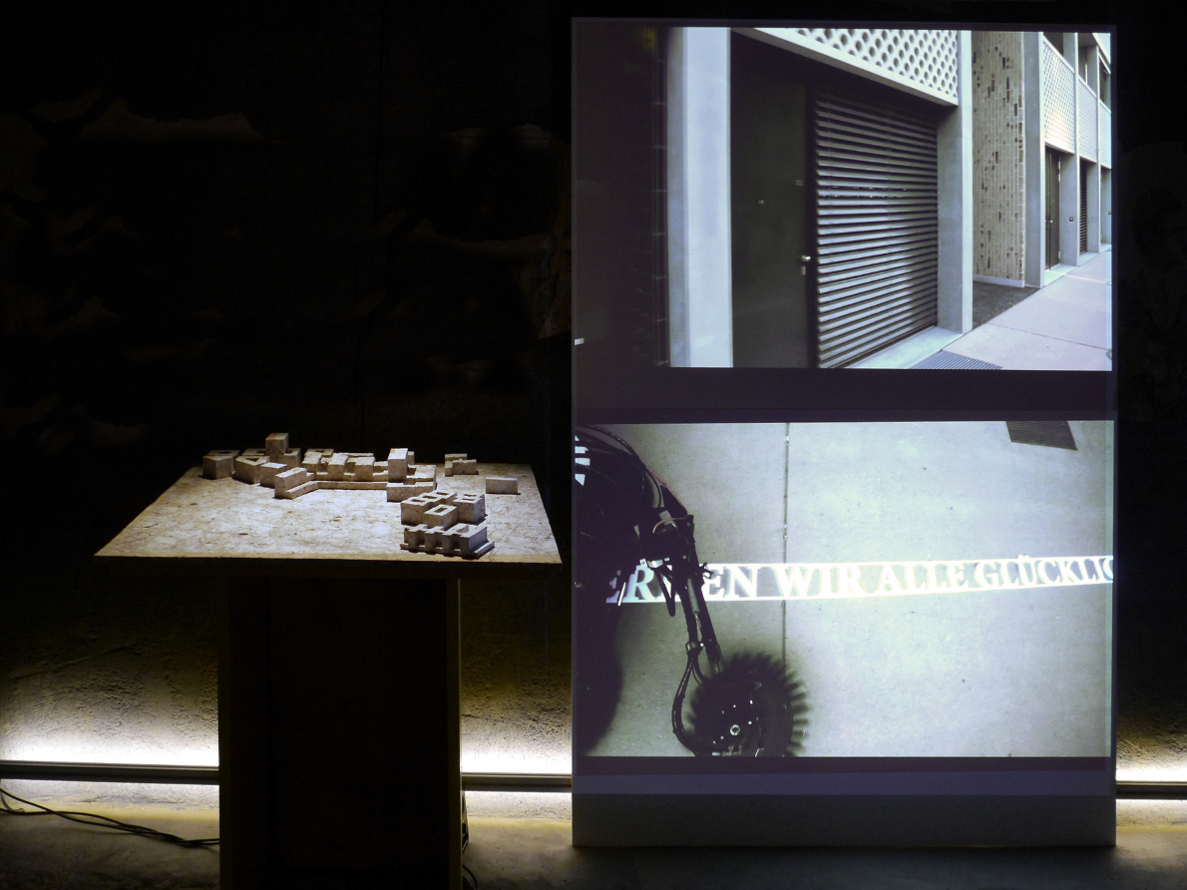
Ausstellungsansicht mit Videoprojektion und Modell
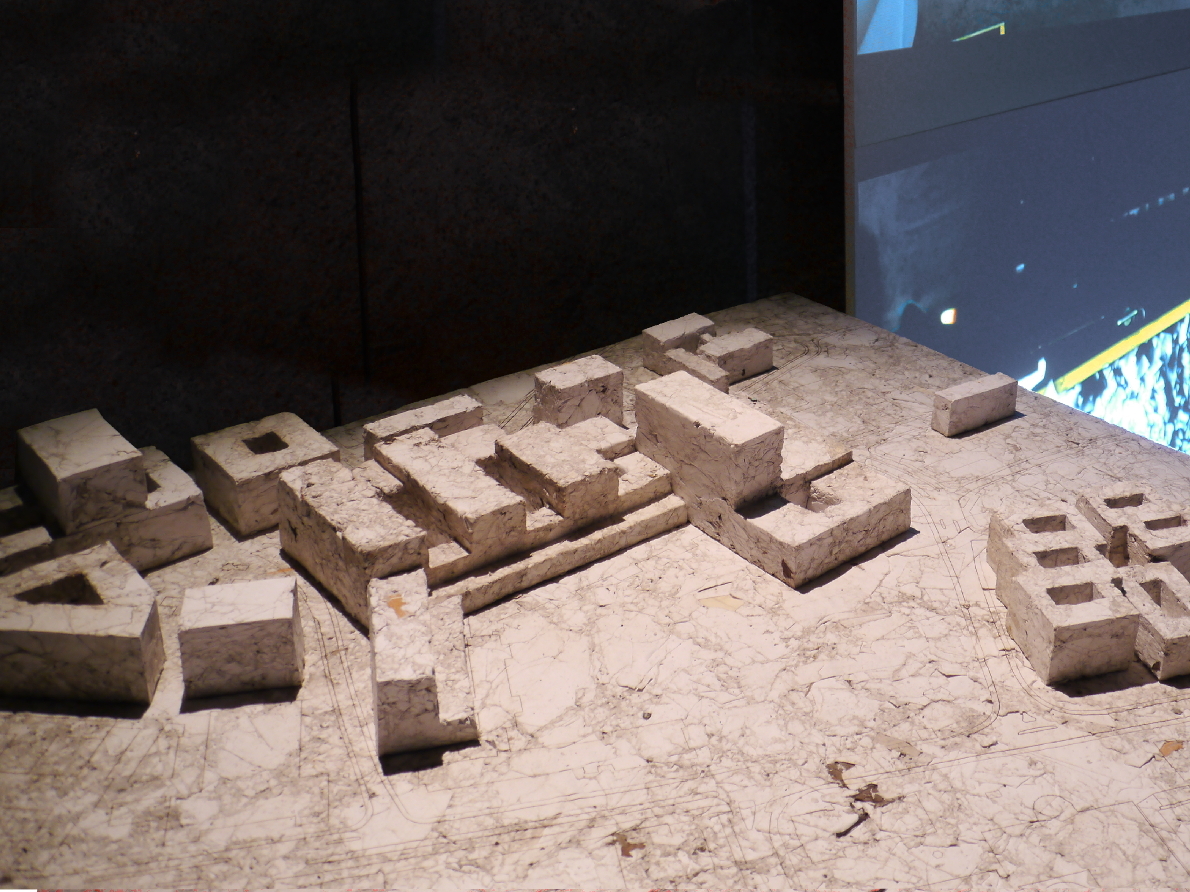
Modell, 110 x 98 x 87 cm
Schaltafeln, Silikon, gepresstes Kehrgut (Schriftband aus Papier, Strassendreck)Modell basiert auf Kommunikationsmaterial zum Masterplan Hochschulgebiet Zürich, Stand September 2014.
Aus: Lucius Burckhardt, Wer plant die Planung? Architektur, Politik und Mensch, herausgegeben von Jesko Fezer und Martin Schmitz. ISBN 978-3-927795-39-6, Berlin 2004.
© Martin Schmitz Verlag
Übersetzung in Englische von Wordorders
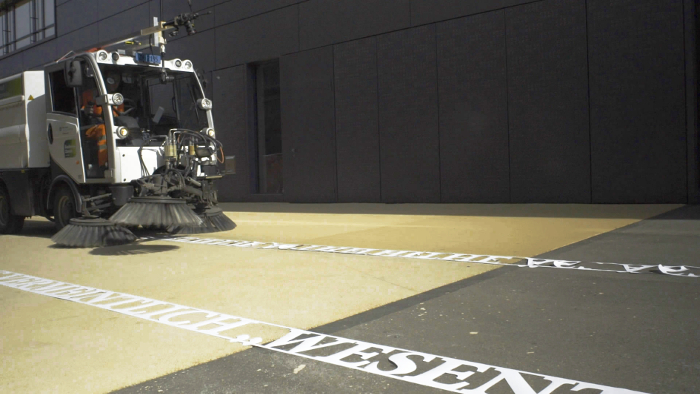
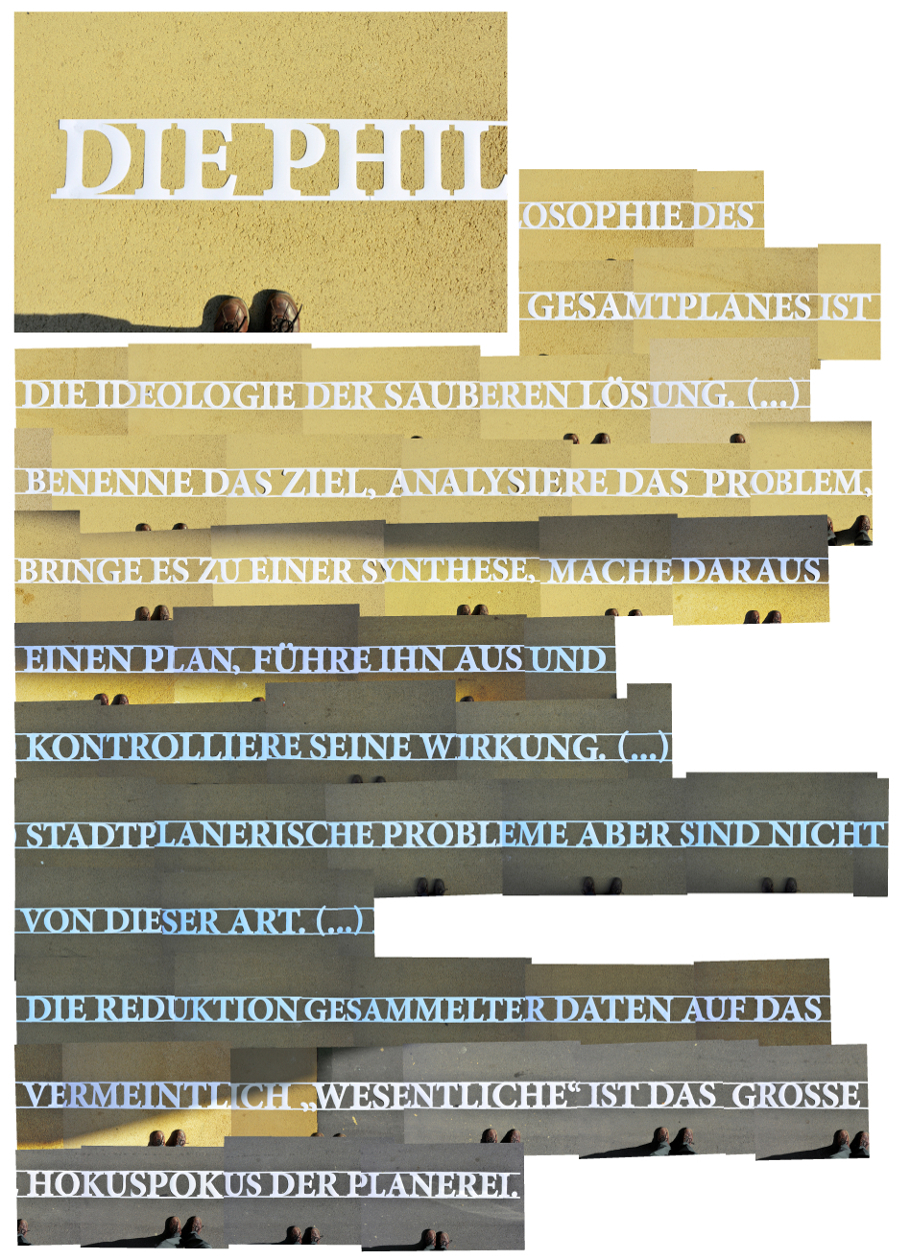
1. Philosophy
The philosophy of the master plan involves the ideology of clean solutions. (…) State your objective, analyse the problem, create a synthesis, develop a plan, execute your plan and control its impact. (…) Problems in urban planning, however, are different. (…) Reducing real data to what is assumed to be “essential” is the great mumbo-jumbo of so-called planning.
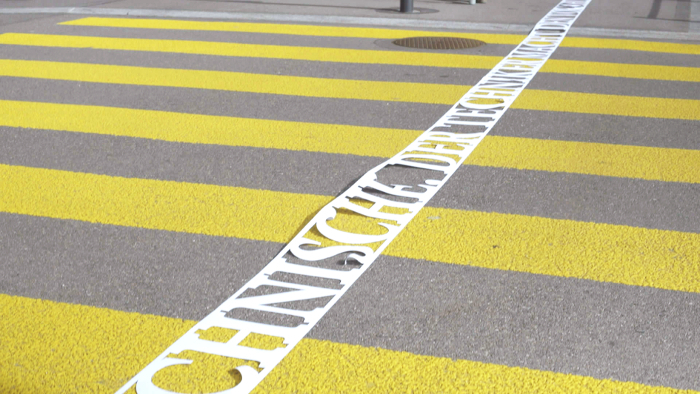
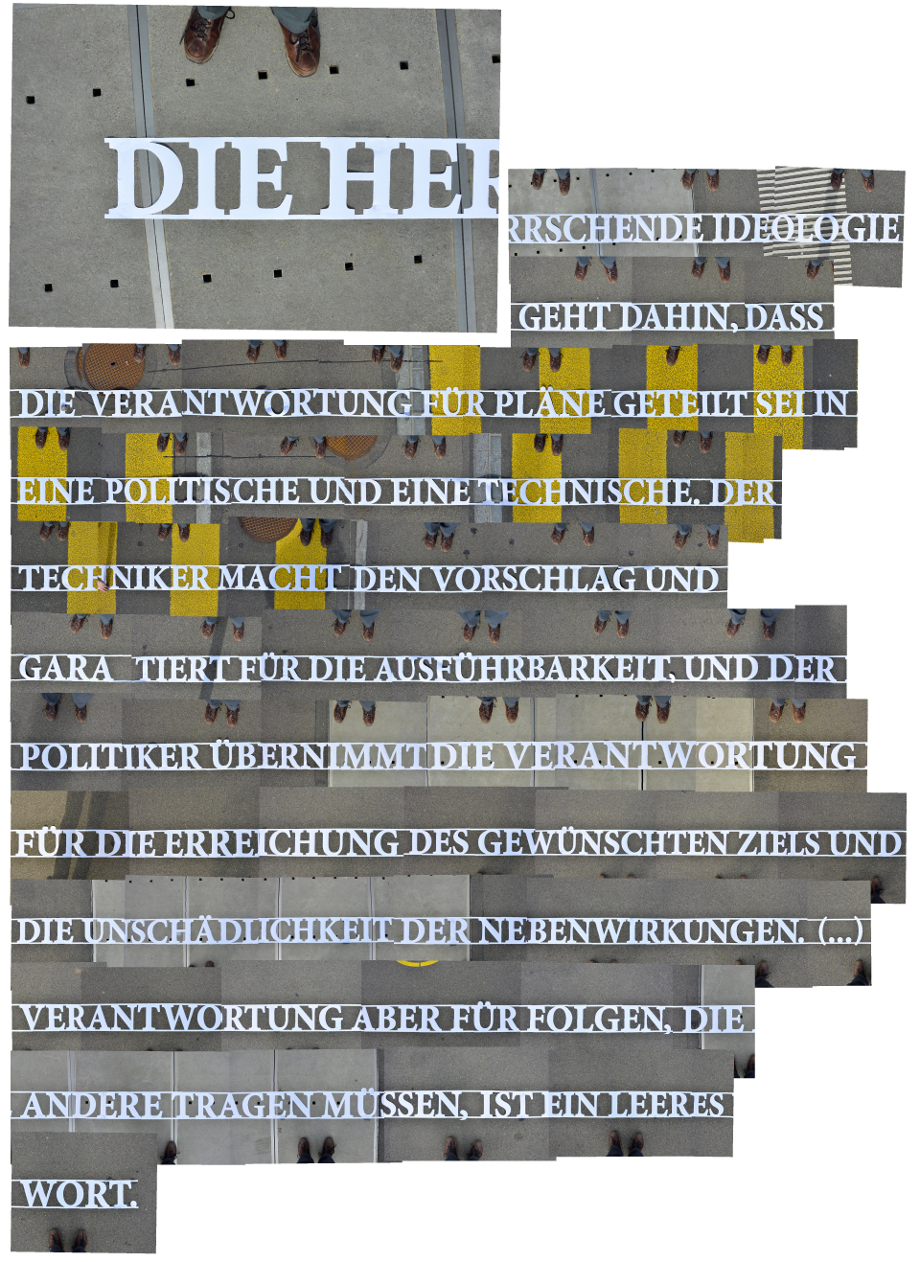
2. Ethics
The prevailing ideology maintains that planning responsibility is divided into political and technical aspects: engineers make recommendations and guarantee their feasibility while politicians assume responsibility for achieving the desired objectives and ensuring the harmlessness of any side effects. (…) However, assuming responsibility for consequences which will be borne by others is nothing but an empty promise.
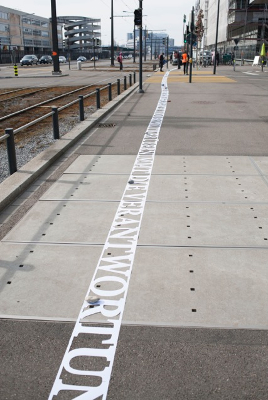
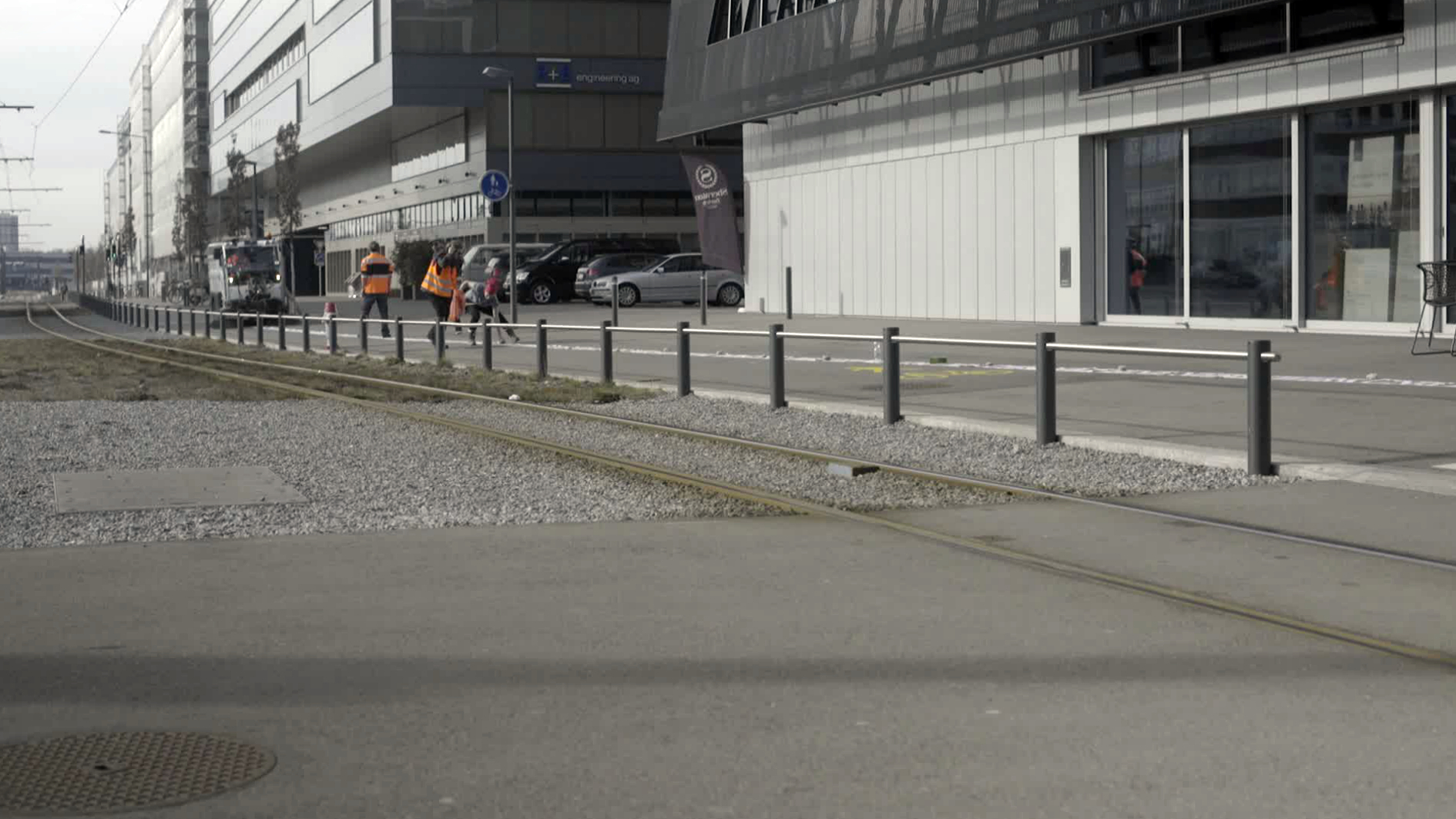
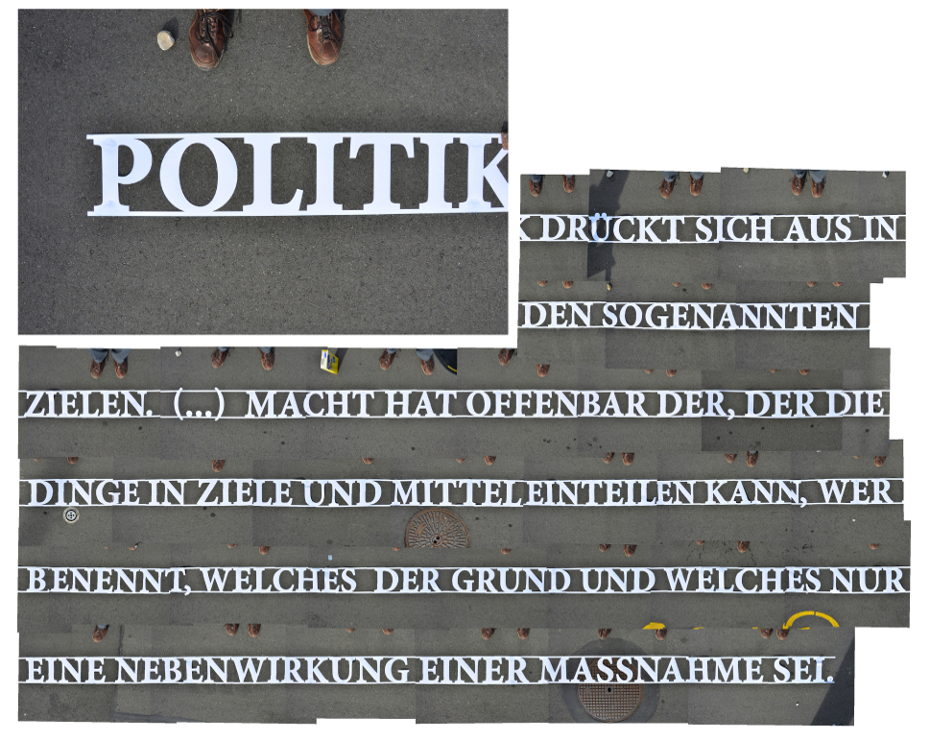
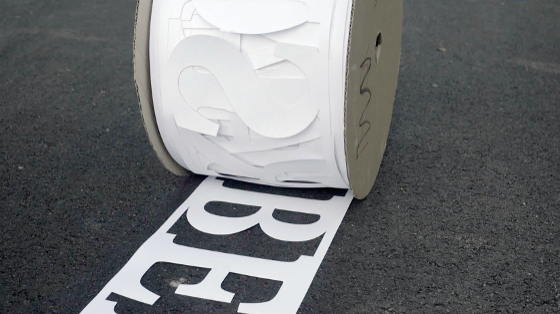
3. Politics
Policy is expressed in so-called objectives. (…) Power appears to be in the hands of those who can divide issues into means and objectives and who are capable of naming the reasons for, and mere side effects of, any actions taken.
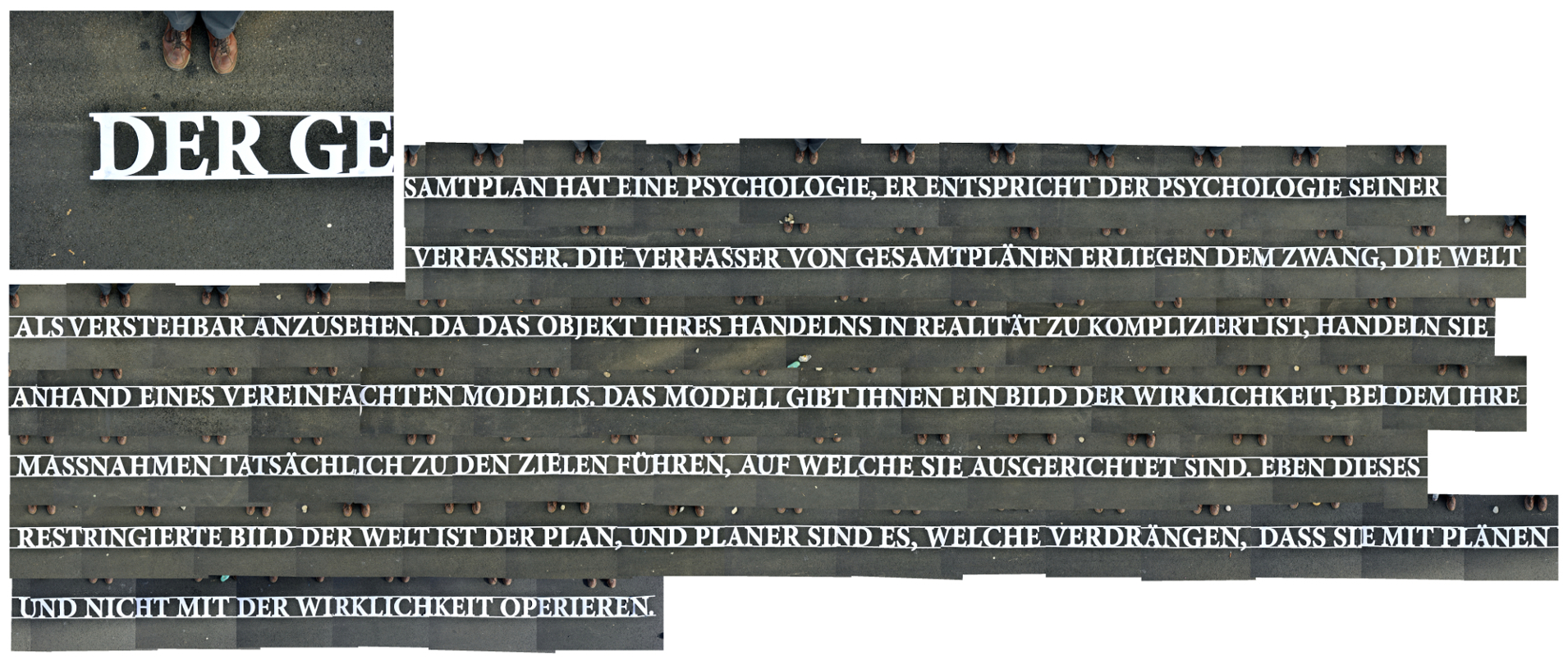
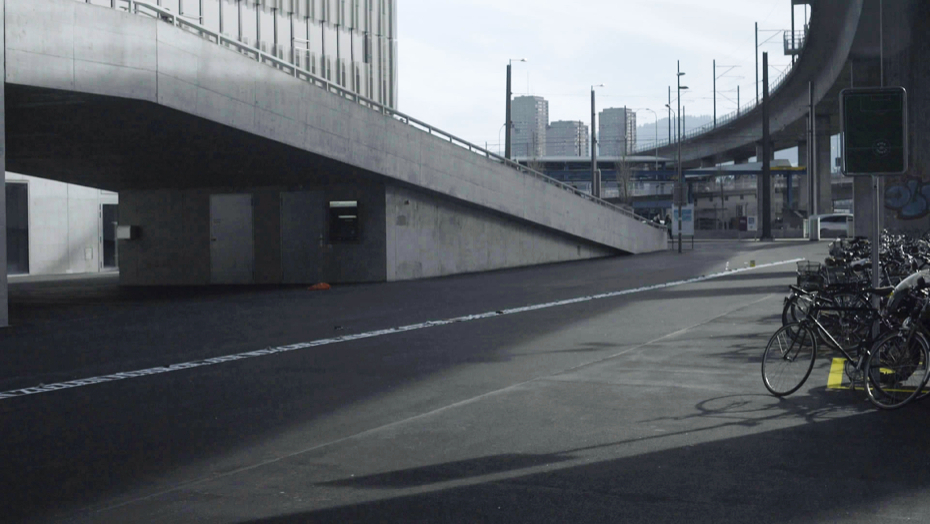
4. Psychology
The psychology of the master plan corresponds to the psychology of its authors. The authors of master plans are compelled to view the world as comprehensible. As the object they are concerned with turns out to be too complicated in reality, they focus their actions on a simplified model. This model represents an image of reality in which the measures taken actually yield the results they are supposed to achieve. A plan is but a restricted image of the world, and planners tend to forget that they operate with plans instead of reality.
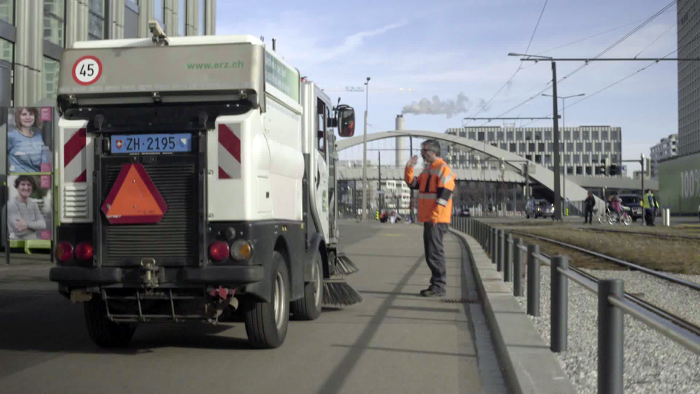
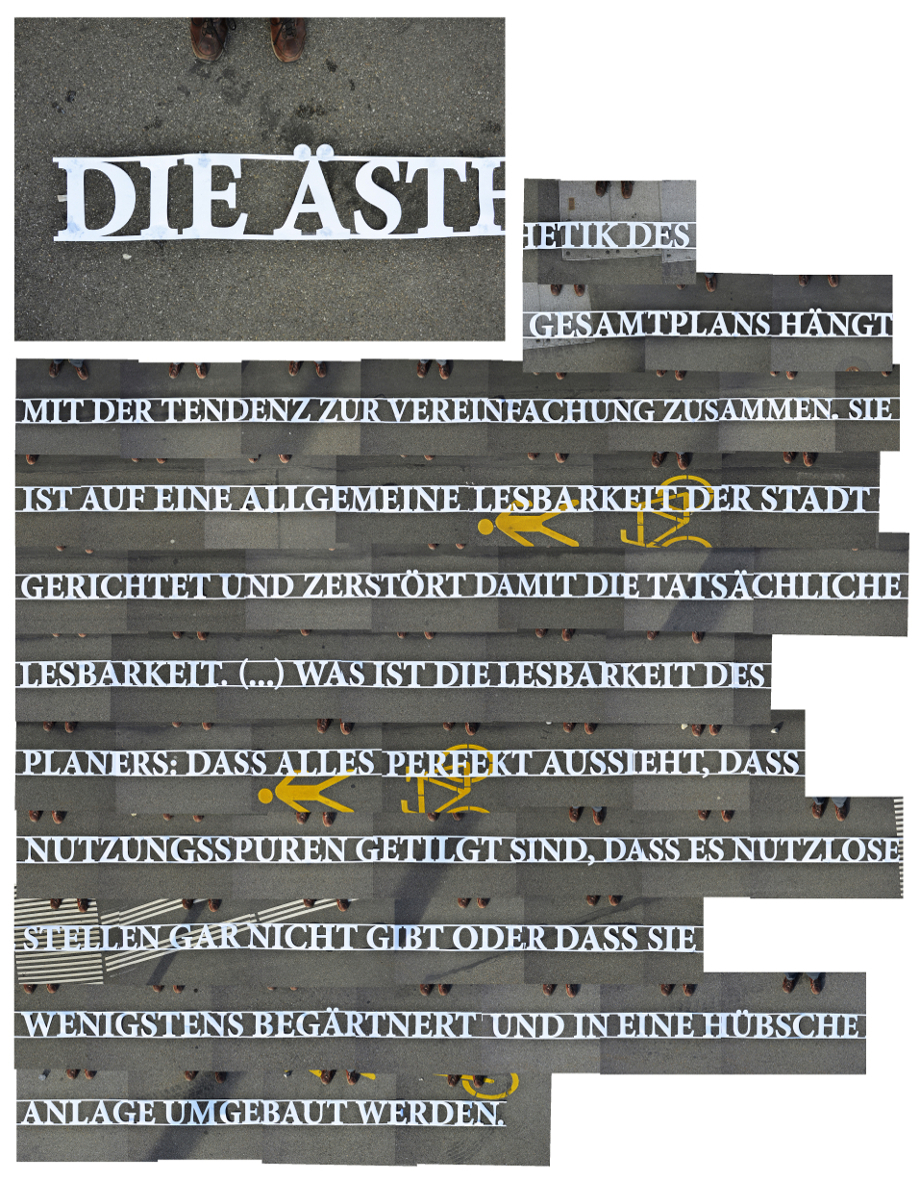
5. Aesthetics
The aesthetics of master plans are associated with a tendency to simplify things. They focus on a general readability of cities, thereby destroying their real readability. (…) What does readability mean to planners? Everything must look perfect, all traces of use must be erased, and useless spaces must be avoided or at the very least neatly landscaped and planted over with greenery.
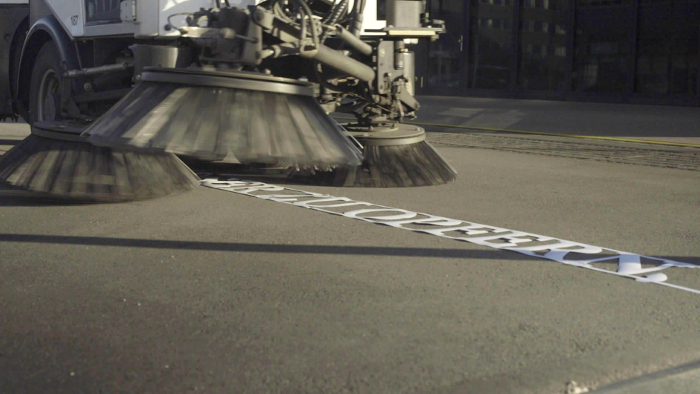
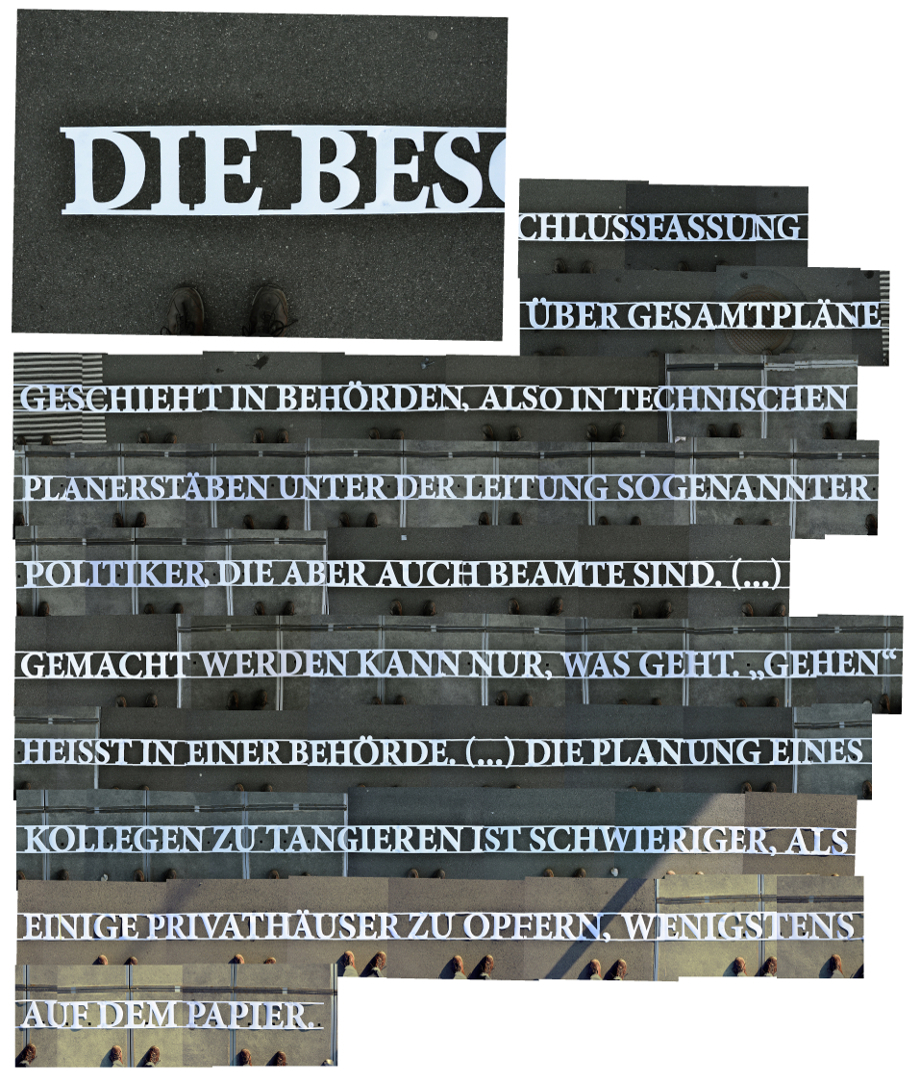
6. Sociology
The decision-making process regarding master plans occurs within public authorities; more accurately, decisions are made by technical planning staff under the direction of politicians, who are also public officials. (…) What can be done is what “works”. What does that mean in a public office? (…) Interfering with the planning process of a colleague is much more difficult than sacrificing private property, at least on paper.
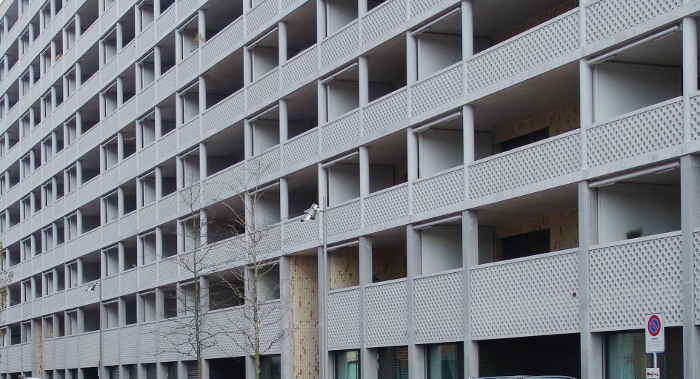

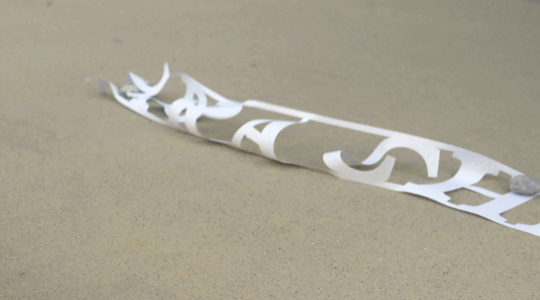
7. Language
Language is the tool for implementing and enforcing the measures decided upon by the authorities. The language of planners is the language of positivity; it says that we will all be happy with the outcome.
